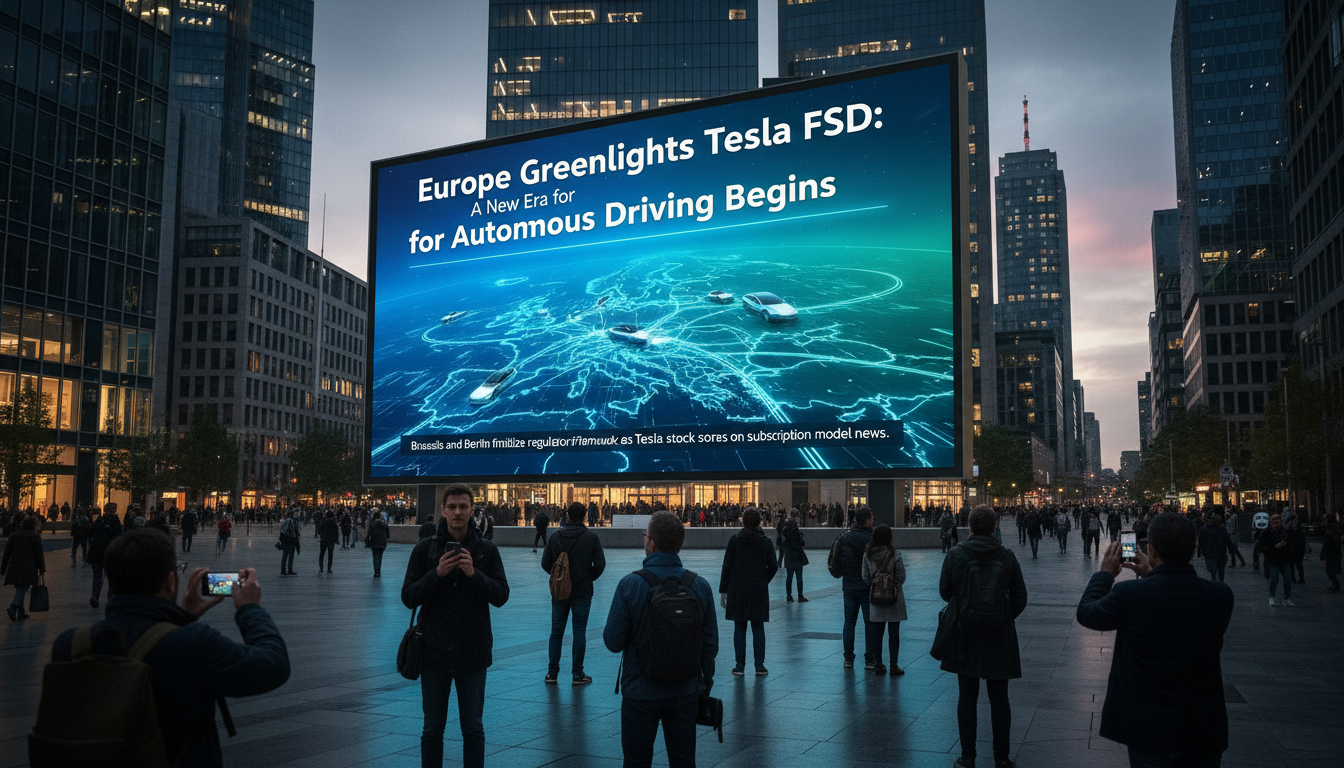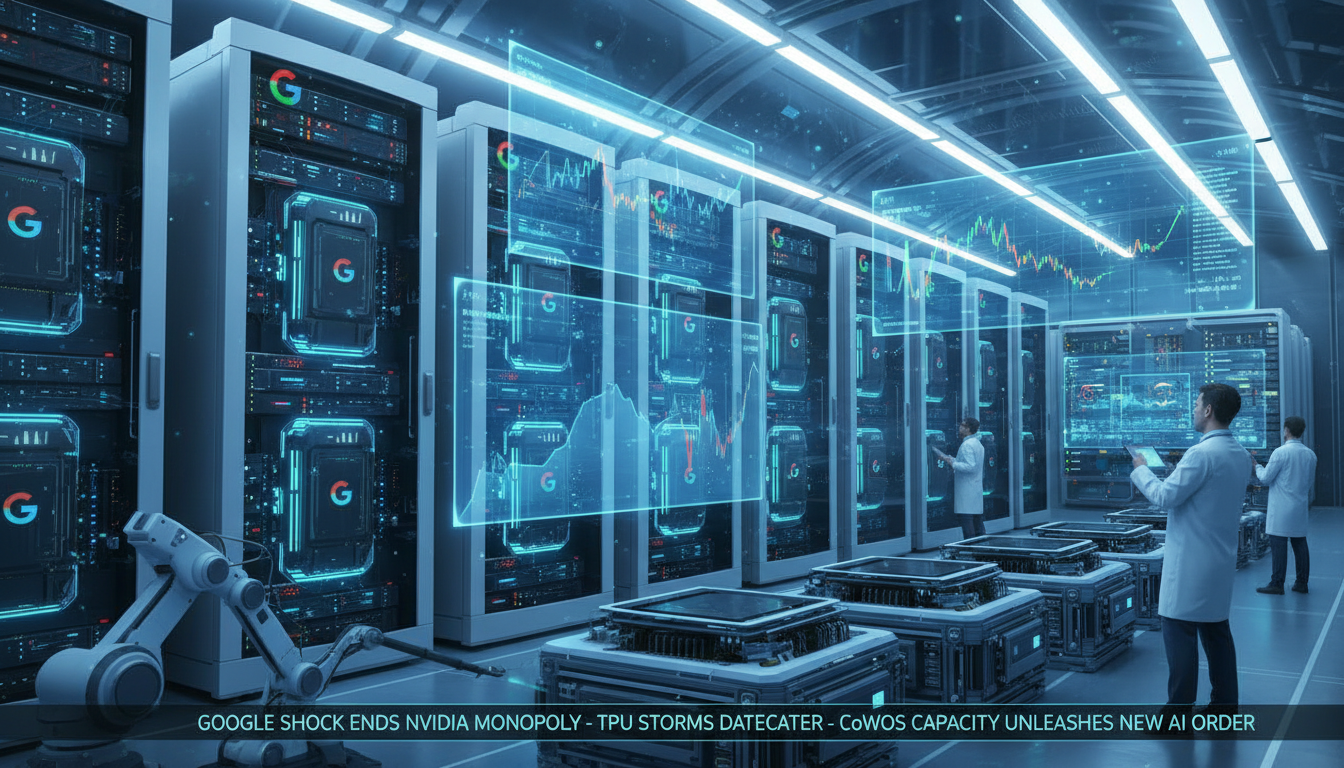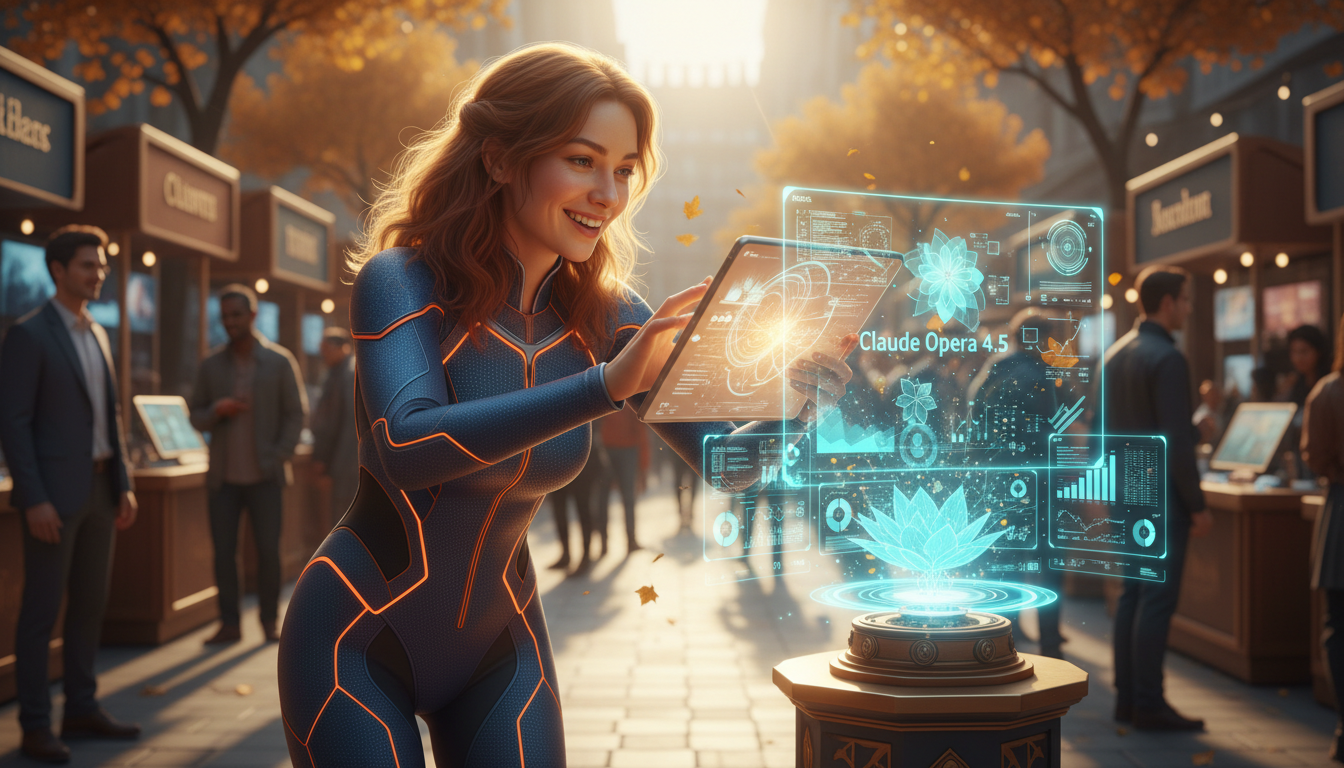● Trader Joe’s Thrives with Limited Releases and Unique Shopping Experience
The Innovative Consumer Experience That Korean Mart Must Learn: Trader Joe’s Remerch Strategy
Product Innovation and Brand Differentiation Strategy
Recently, the American supermarket chain Trader Joe’s has introduced mini tote bags and frozen gimbap, which have gained attention as innovative cases that add culture and experience to product sales beyond simple food offerings.
Trader Joe’s offers consumers a “product plus experience” by launching a limited number of new products each year.
This strategy serves as an important differentiation point in economic forecasts and consumer trends, positively influencing the strengthening of global economic competitiveness.
In particular, what Korean mart should pay attention to is the way it delivers a unique experience to consumers by incorporating Korean sentiment and handy tips into simple products like frozen gimbap.
Moreover, items like mini tote bags utilize scarcity through limited editions to induce word-of-mouth marketing and strategic consumption linked to AI trends via social media and TikTok.
Remerch Strategy: Innovation in Consumer Experience and Store Layout
Trader Joe’s ‘Remerch Strategy’ is an innovative system that periodically changes the placement of products within stores to encourage consumers to explore the store.
Remerch breaks away from the familiar layout of corners, helping customers discover and experience new products, which aligns with consumer trends in the era of the Fourth Industrial Revolution.
In fact, customers are not just purchasing specific products; each store visit provides them with new and surprising experiences, which leads to increased sales and brand loyalty.
Thus, the Remerch strategy, which maximizes consumer experience, is an important example that highlights the strengths of offline stores amid economic forecasts and global economic competition.
Success Factors in Store Operations and Employee Management
Trader Joe’s provides a friendly and professional service by granting each of its employees substantial autonomy and responsibilities, even though store sizes are small.
The employees’ deep knowledge about the products, providing tastings and explanations to customers, showcases them as knowledgeable workers rather than mere cashiers.
This operational system guarantees high wages, extensive welfare benefits, and long-term employment for employees, making the corporate culture itself a part of the consumer experience.
As a result, customers feel not just a simple purchase, but also emotion and intimacy when visiting the store, positively influencing economic forecasts and consumer trends.
Offline Experience and Consumer Trends in the AI Era
Even in the AI trend and the era of the Fourth Industrial Revolution, the emotional experiences provided by offline stores cannot be easily replaced.
Trader Joe’s case highlights that unlike online shopping, visiting a store allows customers to touch and experience products, as well as generate voluntary word-of-mouth effects through social media.
In particular, the strategy of limited quantities and various new products generates significant buzz and reaction among consumers without digital advertisements, representing the genuine experiences sought after in the global economic environment.
This strategy reminds us of the importance of the unique experiences and emotions that offline shopping provides, as well as the significance of product plus experiences in the changing landscape of economic forecasts and consumer trends.
Key Points of Trader Joe’s Strategy and Future Implications
Trader Joe’s provides a differentiated consumer experience through the launch of limited-edition products, changes in store layout, and customer service that leaves an emotional impact.
This strategy is quite referable for small retail outlets like Korean mart, proposing a model to strengthen communication with consumers in a different manner than online advertising driven by AI trends.
Ultimately, consumers are entering an era where they purchase memories and experiences beyond mere product acquisition, redefining significant cases for economic forecasts, global economy, and consumer trends in the Fourth Industrial Revolution era.
Korean mart should also consider how to provide customers with emotional experiences through products and services, while designing differentiated brand experiences.
Summary
Trader Joe’s maximizes the offline store experience through innovative product launches, limited edition items combined with cultural experiences, and friendly employee service.
This strategy effectively demonstrates the importance of differentiated consumer experiences suitable for the changing economic forecasts and consumer trends, as well as the AI trend and the Fourth Industrial Revolution era, and it is worth benchmarking for Korean mart.
[Related articles…]
*Source: [ 티타임즈TV ]
– 한국마트가 배워야 할 ‘트레이더 조의 리머치 전략’ (로이스 김 작가)
● Cosmic Sounds Ignite Economic Revolution
Sounds Recorded in Space and the Future of the Fourth Industrial Revolution: New Perspectives on Economic Outlook, Global Economy, and AI Trends
The Sounds of Space, the Mystery and Innovation Seeping into Our Daily Lives
Sounds recorded in space from celestial bodies. The intense storms of the sun, sounds converted from the gas distribution around black holes, and the subtle winds of Mars.
This video transcends mere scientific curiosity, providing new inspiration for our daily lives, the economy, and the age of the Fourth Industrial Revolution lead by artificial intelligence.
In particular, the integration of the global economy and advanced AI technology provides critical insights into the transformative possibilities for our understanding of economic outlook.
It weaves intriguing perspectives on how space, quantum mechanics, and artificial intelligence can be interconnected throughout the content.
The Sounds of Celestial Bodies and Quantum Mechanics: The Economic Ripple Effects Arising from Scientific Curiosity
The video introduces methods for hearing sounds in the vacuum of space and the possibility of a multiverse using quantum mechanics.
Sounds converted into frequencies from the gas distribution around black holes and auroras caused by solar storms provide new sensory information beyond visual data.
These scientific discoveries offer significant inspiration not only for curiosity but also for the advancement of modern technology—especially in the fields of data analysis and signal processing using artificial intelligence.
This innovative approach provides new growth drivers for future markets and connects closely to key ideas of the Fourth Industrial Revolution while pondering economic outlook and global economy.
AI and the Fourth Industrial Revolution: Economic Predictions Shaped by Innovative Technologies
The data transformation technologies used to hear the sounds of space are just one of many applications of artificial intelligence.
As scientists have succeeded in classifying and interpreting various signals collected from space using AI, these technologies have received spotlight as crucial components of the Fourth Industrial Revolution.
In this way, advanced technologies are changing the landscape of the global economy, and economic outlook reports analyze how innovative technologies like artificial intelligence and machine learning are key factors in determining market competitiveness.
The positive effects of artificial intelligence on various industries such as finance, manufacturing, and telecommunications have already been proven through numerous studies and cases, suggesting that it will play an important role in the future economy.
The Convergence of Space Exploration, Economy, and Artificial Intelligence
Massive budgets are being allocated for Mars exploration and space research, creating new economic opportunities as political issues and scientific expectations intertwine.
For instance, the Mars Sample Return Mission being conducted by NASA and the European Space Agency is attracting attention not only for scientific research but also for its ripple effects on the development of related industries and the global economy.
Moreover, cutting-edge technologies and data analysis techniques developed from these space research efforts are closely linked to the advancement of artificial intelligence in the era of the Fourth Industrial Revolution, presenting new directions for economic outlook and global economic trends.
The technologies inspired by space are yielding innovative products and services in actual industrial settings, and the process of artificial intelligence analyzing and predicting these developments holds great potential for reshaping the future economic landscape.
Key Points Readers Should Know
ㆍ The discoveries of the sounds from space and quantum mechanics do not merely constitute scientific innovation but provide important inspiration for the advancement of artificial intelligence technologies in the Fourth Industrial Revolution.
ㆍ The introduction of advanced technologies in the global economy and economic outlook serves not merely as a technological innovation but acts as a key to create new markets and enhance industrial competitiveness.
ㆍ Data analysis and signal processing technologies utilizing AI are applied across various fields, from space research to real-world economies, significantly impacting the future economic structure.
ㆍ Large-scale projects related to space exploration trigger international cooperation and competition interrelated with political and economic issues, functioning as important variables in global economic outlook.
ㆍ Interpretations and forecasts regarding how artificial intelligence and Fourth Industrial Revolution technologies will redefine the future economic environment can be found in the ongoing scientific research and industrial trends.
[Related Articles…]Latest Analysis on Global Economic Outlook for 2023Latest AI Trends and Artificial Intelligence Innovations
*Source: [ 지식인사이드 ]
– 우주에서 실제로 녹음된 천체의 소리 (같이 들어보세요)ㅣ지식인초대석 EP.79 (황호성 교수 2부)
● Shocking Rise of K2 Agent, Transforming AI Landscape, Economic Revolution Ahead
The shocking impact of China’s new K2 agent on global AI trends and economic outlook
AI innovation and the arrival of a new paradigm
The new K2 agent from China is drawing attention by achieving leading benchmark results, surpassing the existing GPT-5, causing a significant stir in the modern AI industry.
The K2 agent is designed not just as a simple conversational LLM but as a ‘thinking agent’ capable of solving complex problems through hundreds of steps by independently calling tools.
This innovation is considered a crucial turning point that will redefine the global economy and the future of the Fourth Industrial Revolution in the field of AI and technological innovation.
Key benchmarks and technological excellence
The K2 agent has proven its high performance by surpassing other models in extreme multi-modal benchmarks such as the Tow benchmark and the human last test.
Notably, it performed 200 to 300 consecutive tool calls without human intervention, demonstrating outstanding performance in solving complex academic and analytical problems.
As a result, many frontier research labs are reconsidering their AI release schedules, intensifying market competition.
Additionally, its excellent results in coding, reasoning, and performing creative tasks highlight efficient parameter utilization and the large-scale mixed expert strategy.
Economic cost efficiency and global economic outlook
The latest AI model has important implications not only in terms of technological competition but also in economic efficiency.
Compared to GPT-5, the K2 agent has introduced a training method that is over ten times more cost-effective, providing companies with the opportunity to reduce the cost burden of AI development.
As a result, the landscape of the global economy and the Fourth Industrial Revolution is likely to be reshaped, with competitive AI technologies expected to drive innovation and productivity improvements across the economy.
In particular, the rapidly evolving AI trends and technological innovations are anticipated to significantly impact future policies and market strategies centered around key SEO keywords related to global economy, industry, technological innovation, economic outlook, and AI trends.
Industry and future prospects: Important points not to be missed
The K2 agent system sets a new standard beyond simple conversational functions, tool usage, reasoning, problem-solving, and creative content generation.
Its performance in benchmark tests far surpassing GPT-5 and other high-end models has become an essential element for the integration operation of AI tools, multi-tasking, and achieving long-term goals.
This directly influences future industrial structures, global economic outlook, technological innovation, and investment environments, serving as an important signal prompting other frontier research institutions to reassess their strategies.
Moreover, K2 is expected to play a significant role in the democratization of AI technology and economic diffusion, as it is provided in an open-source manner, accessible to everyone.
Summary: Key points concisely organized
The K2 agent is a new AI model that goes beyond simple conversational LLMs, specializing in tool usage and long-term problem-solving as a ‘thinking agent’.
Surpassing competitive models like GPT-5 in benchmark performance, it has significant implications for the global economy and technological innovation through cost efficiency and effective parameter utilization.
This innovation is expected to play a decisive role in the AI trends of the Fourth Industrial Revolution era, innovation across the economy, strengthening industrial competitiveness, and reorganization of policies.
- The K2 agent from China surpasses simple LLMs, capable of utilizing tools and continuous reasoning to solve complex problems.
- It shows excellent performance in key benchmarks and, with its cost-effective training strategy, is expected to have a significant impact on the global economy and the Fourth Industrial Revolution.
- Frontier research institutions need to reconsider their strategies to enhance AI trends, technological innovation, and industrial competitiveness.
[Related articles…]
AI innovation and global economic outlook
Latest technology trend analysis
*Source: [ TheAIGRID ]
– Chinas New K2 Agent Beats GPT-5 Across Benchmarks (Kimi K2 Thinking)



